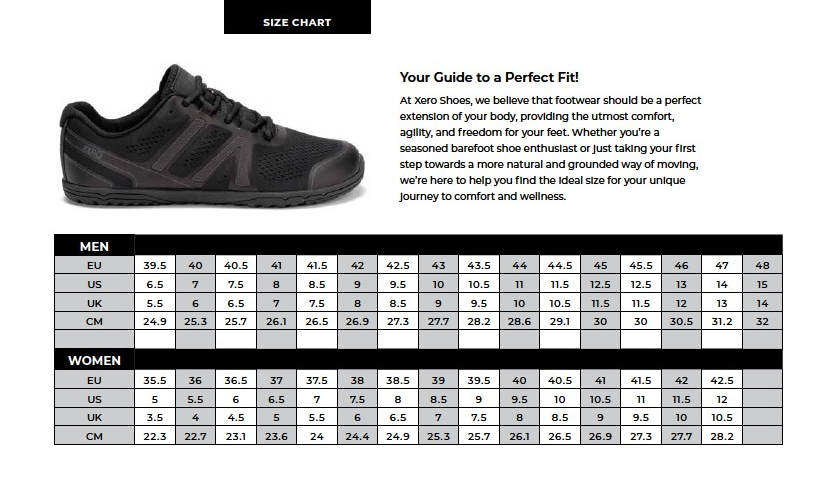|
Not infrequently, when the topic of barefoot running comes up, or someone takes a look at my Xero Shoes, whomever I’m speaking with will say: “ I can’t do that. I need support. ” Oh? I’ll respond. Why do you need support? Then something happens that I love. I get one of two seemingly contradictory answers. Either:
They usually like to add to their proclamation some form of external validation. Like, “I’ve seen one of the best podiatrists in the world and he agrees that I need orthotics.” Oh? He agrees that you need to spend an additional $300-1,000 with him? What a shock. From the perspective of barefoot runners and researchers, high arches and flat feet are not a problem. First of all, the height of your arch is largely genetically determined. Secondly, the problem isn’t your arch height, or lack thereof, but whether your arches are STRONG. That is, the “cure” for the problem is not putting your foot in a cast (which is essentially what an orthotic is), it’s using it, working on strengthening it. One reason that running in bare feet could help strengthen your feet and arches is that landing with a mid-foot or forefoot strike can actually engage the muscles in your feet. Think about it: When does immobilizing something make it stronger? Never! Personally, I had flat feet my whole life. If I stepped out of a pool, my footprint looked like an oval. After a few months of running and walking barefoot, I started developing arches! I ruined all the family jokes about the flippers I had at the end of my legs. Now, I get out of the water, step on the ground, and you see the outline of a FOOT. Granted, I don’t have drive-a-bus-under-them arches but, again, that’s genes. All I know is that I haven’t used my expensive shoe inserts in years and my feet haven’t had problem in all that time. |

